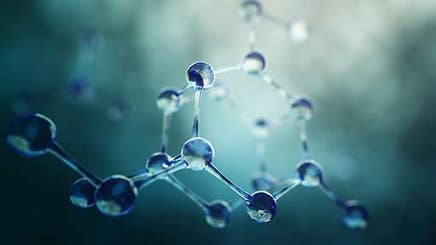
Protein extraction efficiency of bead mill homogenizers and total and phosphorylated protein detection by HTRF immunoassay

Protein extraction techniques from organs, tissues, and cells are critical in biomedical and pre-clinical research, such as in drug efficacy and toxicity studies. Upstream of protein extraction, sample preparation is required to lyse cells within a sample, releasing analytes of interest into solution for downstream evaluation. Traditional lysis methods can be inefficient and time-consuming, typically involving manual hand-held homogenizers or enzymatic techniques that may impact both genomic and protein sample profiles. In this application note, MCF7 estrogen receptor positive breast cancer cells were cultured and treated with MAPK/ERK pathway inhibitors (U0126 and PD98059) or treated with a cell cycle (CDK4/6) inhibitor, Palbociclib. Results for total cellular protein content and expression of total and phosphorylated ERK and Rb (retinoblastoma) proteins to determine the extraction efficiency of cells anchored in culture plates using either mechanical bead mill homogenization or standard enzymatic cell lysing methods were evaluated, along with observations into the effects of the inhibitor treatments.
For research use only. Not for use in diagnostic procedures.
To view the full content please answer a few questions
Download Resource
Protein extraction efficiency of bead mill homogenizers and total and phosphorylated protein detection by HTRF immunoassay




























